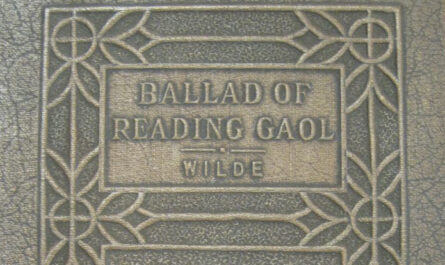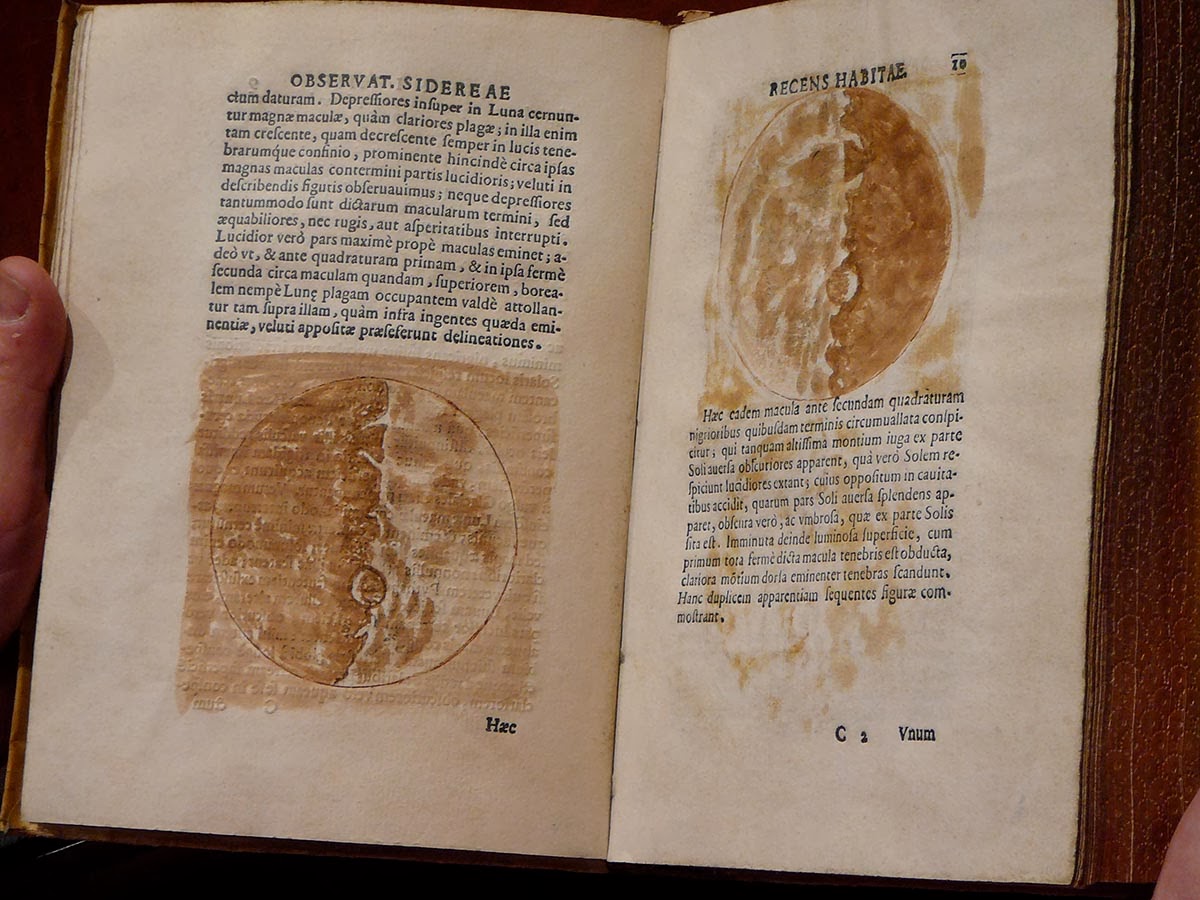February is Black History Month, and in this latest issue of “Students in the Stacks,” Claire Peterson calls attention to a lesser known (but fascinating) work by Harriet Beecher Stowe, famed abolitionist author of Uncle Tom’s Cabin. This is Claire’s third post about Civil War books in Special Collections, and it won’t be the last!
If you’re interested in learning more about abolitionist activity (specifically in Missouri), or if you’d like to see an early German edition of Uncle Tom’s Cabin, visit German Immigrant Abolitionists: Fighting for a Free Missouri, an exhibition in SLU’s Center for Global Citizenship. The exhibit, curated by German professor Sydney Norton, will be on display until May 15, 2016.
In A Key to Uncle Tom’s Cabin: Presenting the Original Facts and Documents Upon Which the Story is Founded, Harriet Beecher Stowe revisits the characters and questions of Uncle Tom’s Cabin, a novel that reached international audiences and influenced the reading public’s ideas about slavery. She published her Key as a reaction to the “doubt [that] has been expressed whether the representations of ‘Uncle Tom’s Cabin’ are a fair representation of slavery,” and called it “a mosaic of facts,” urging readers to treat her novel as a “reality” (1).
Mixing fact and fiction, Stowe discusses the characters of her novel, relates them to real incidents and people, and covers topics such as “What is slavery?,” “Slaves As They Are, On Testimony of Their Owners,” and “A Comparison of the Roman Law of Slavery with the American.” To support her opinions, Stowe draws on newspaper articles, advertisements, personal letters, and reward postings for runaway slaves.
Our copy of A Key to Uncle Tom’s Cabin, published in London by Sampson Low, Son, & Co., is bound in a contemporary, blind-stamped red cloth binding. A publisher’s advertisement dated March 19, 1853 states, “It is hoped [that] any imperfections existing in the present edition may be pardoned, as on Tuesday morning last, the 15th instant, not a line had been set in type and the completion of a handsome 8vo volume of upwards of 500 pages in less than four days, is perhaps unparalleled in the curiosities of literature” (iv).
This haste attests to Stowe’s immense popularity at the time, as well as to the success of Uncle Tom’s Cabin in England, where, the publishers claim, “upwards of One million… copies within the year” (iii) had been sold.

 by
by 





